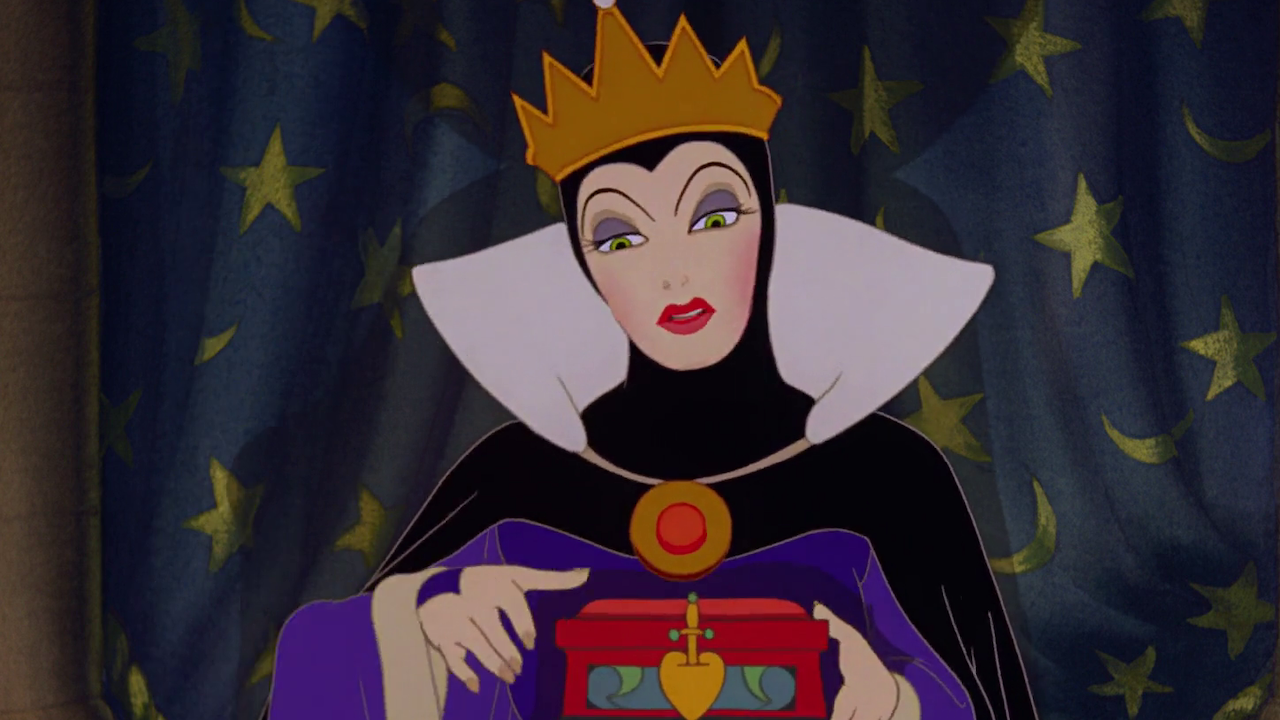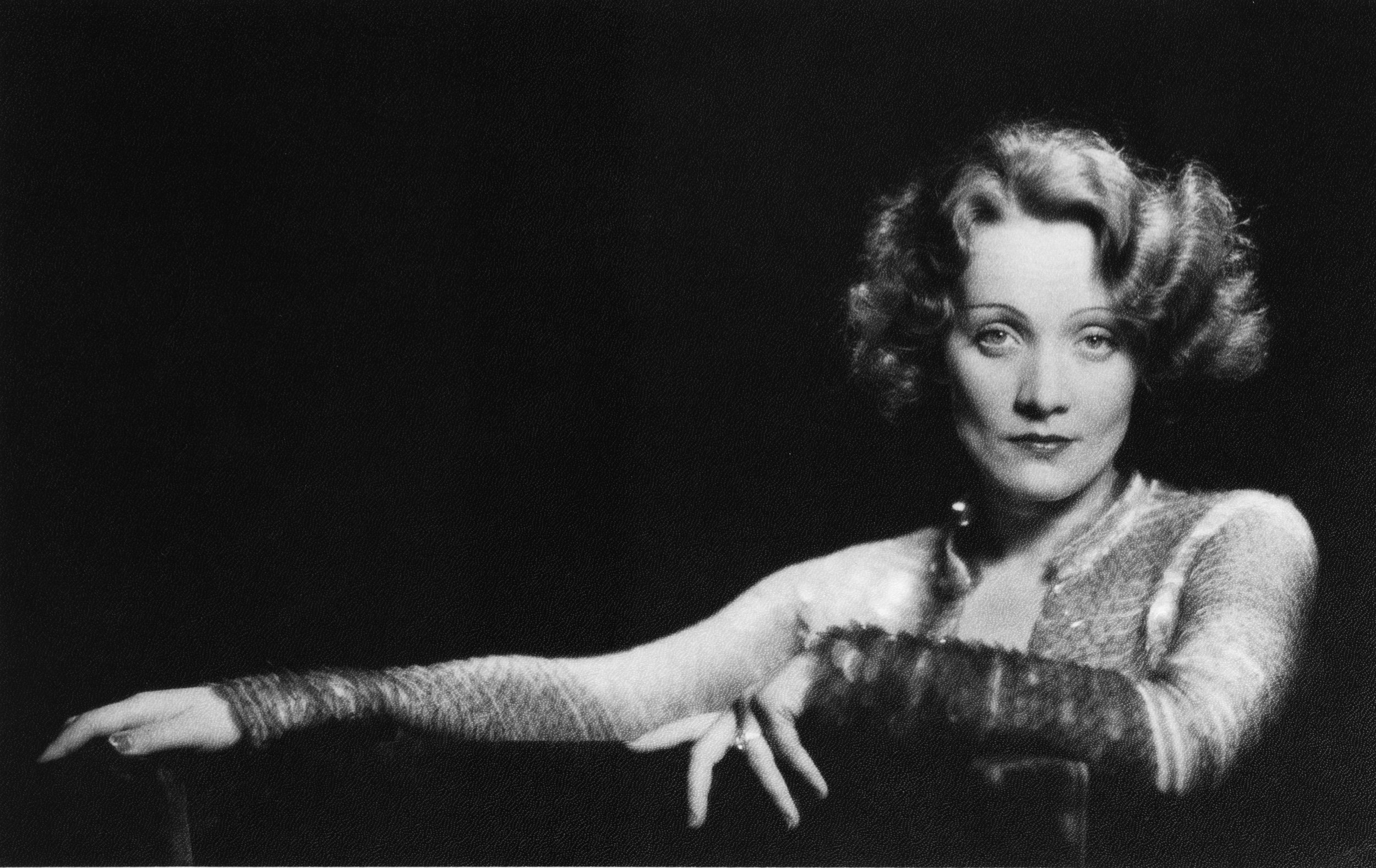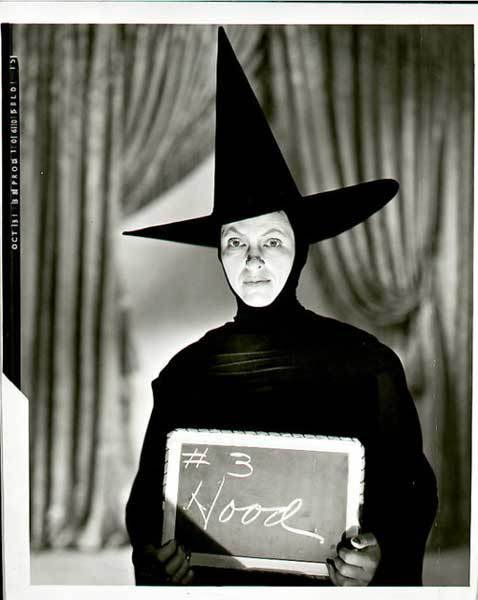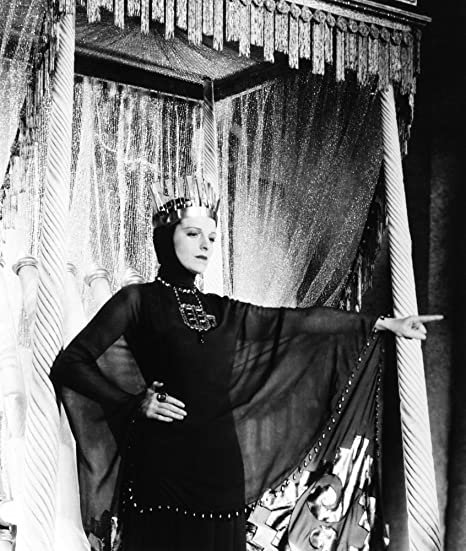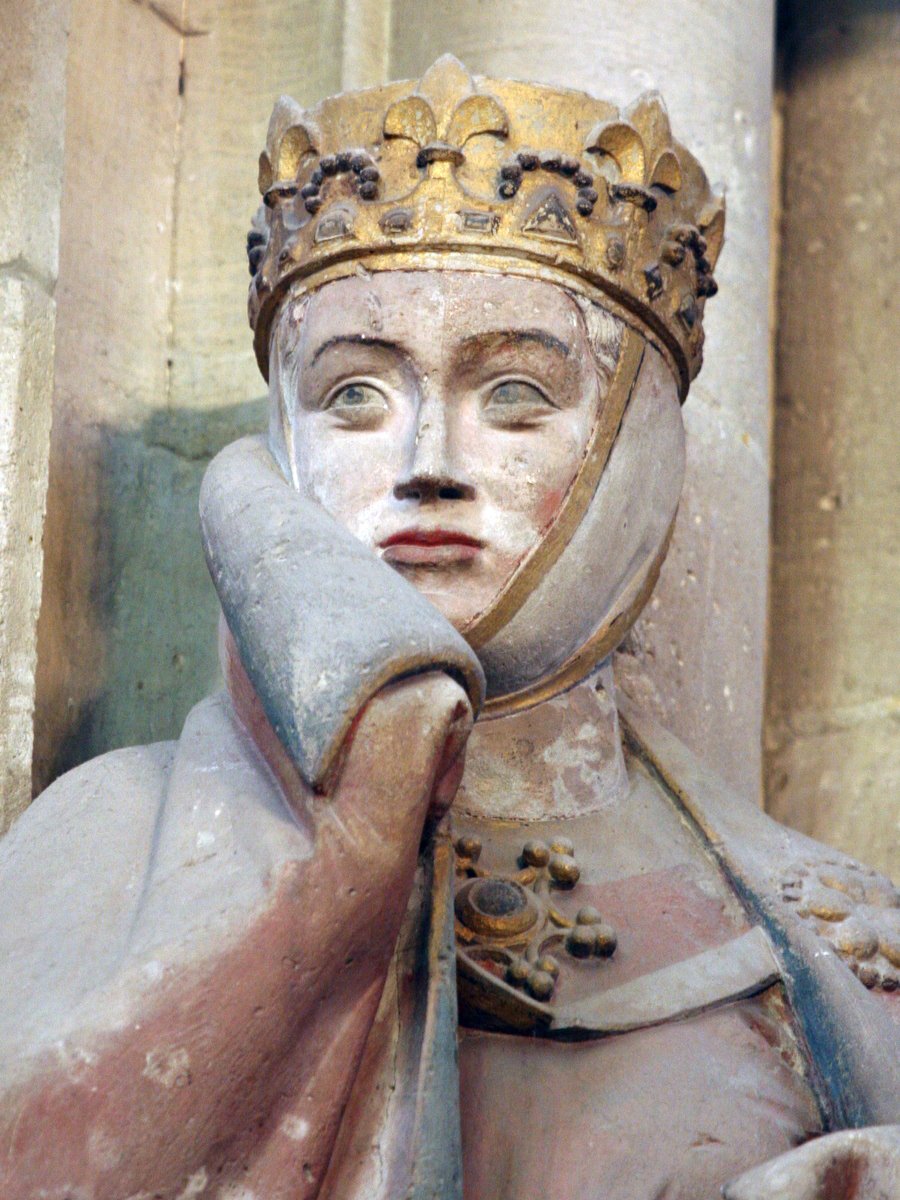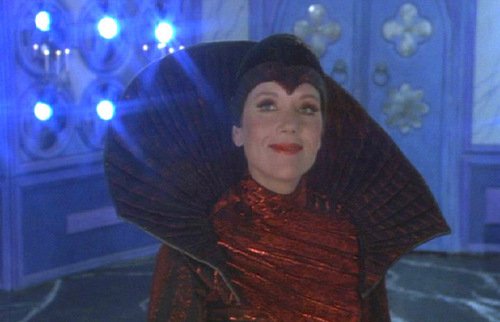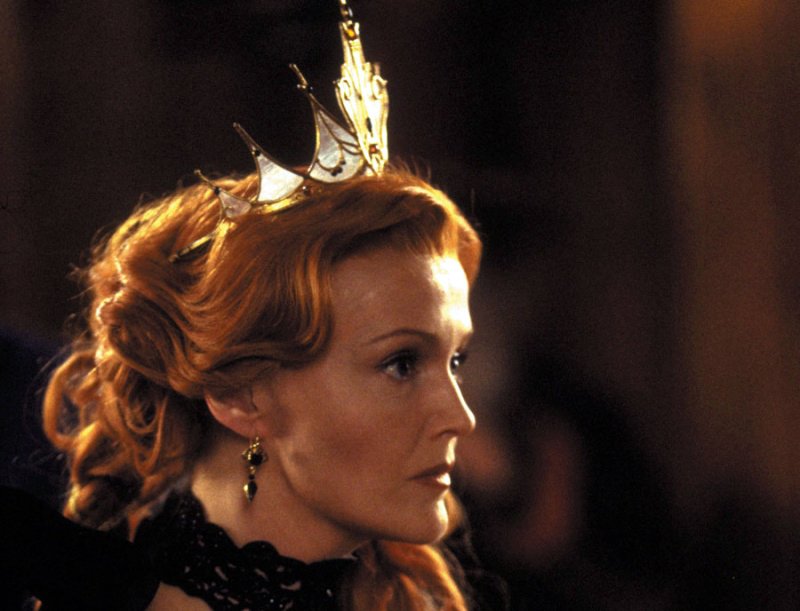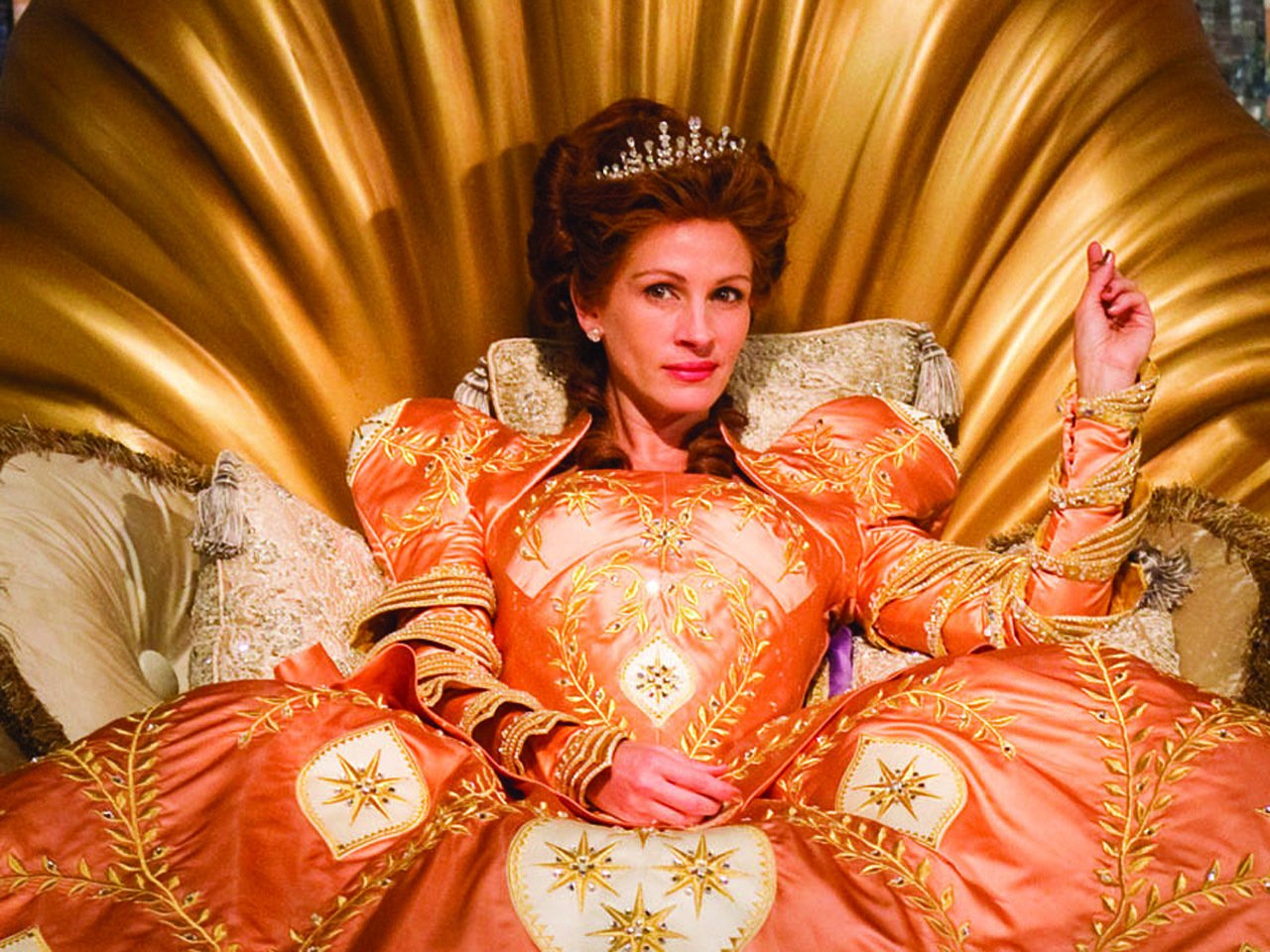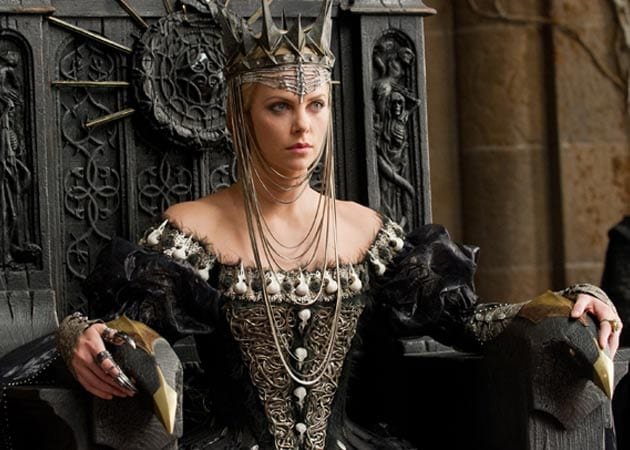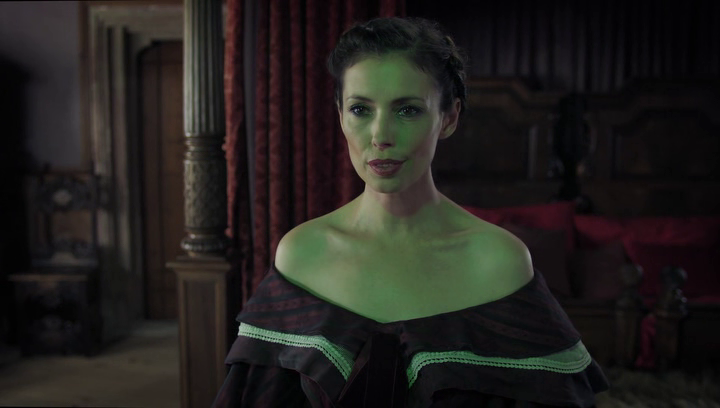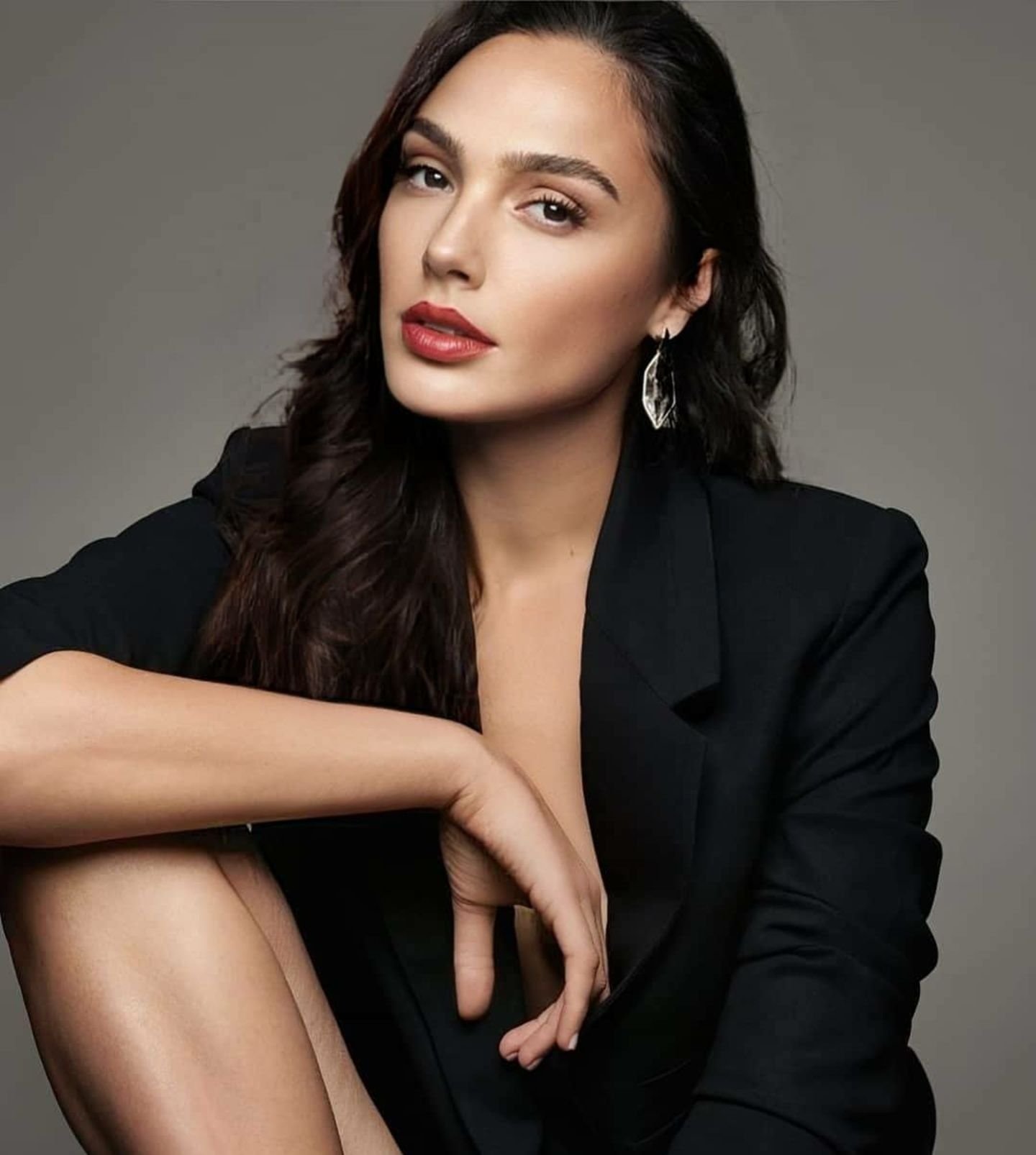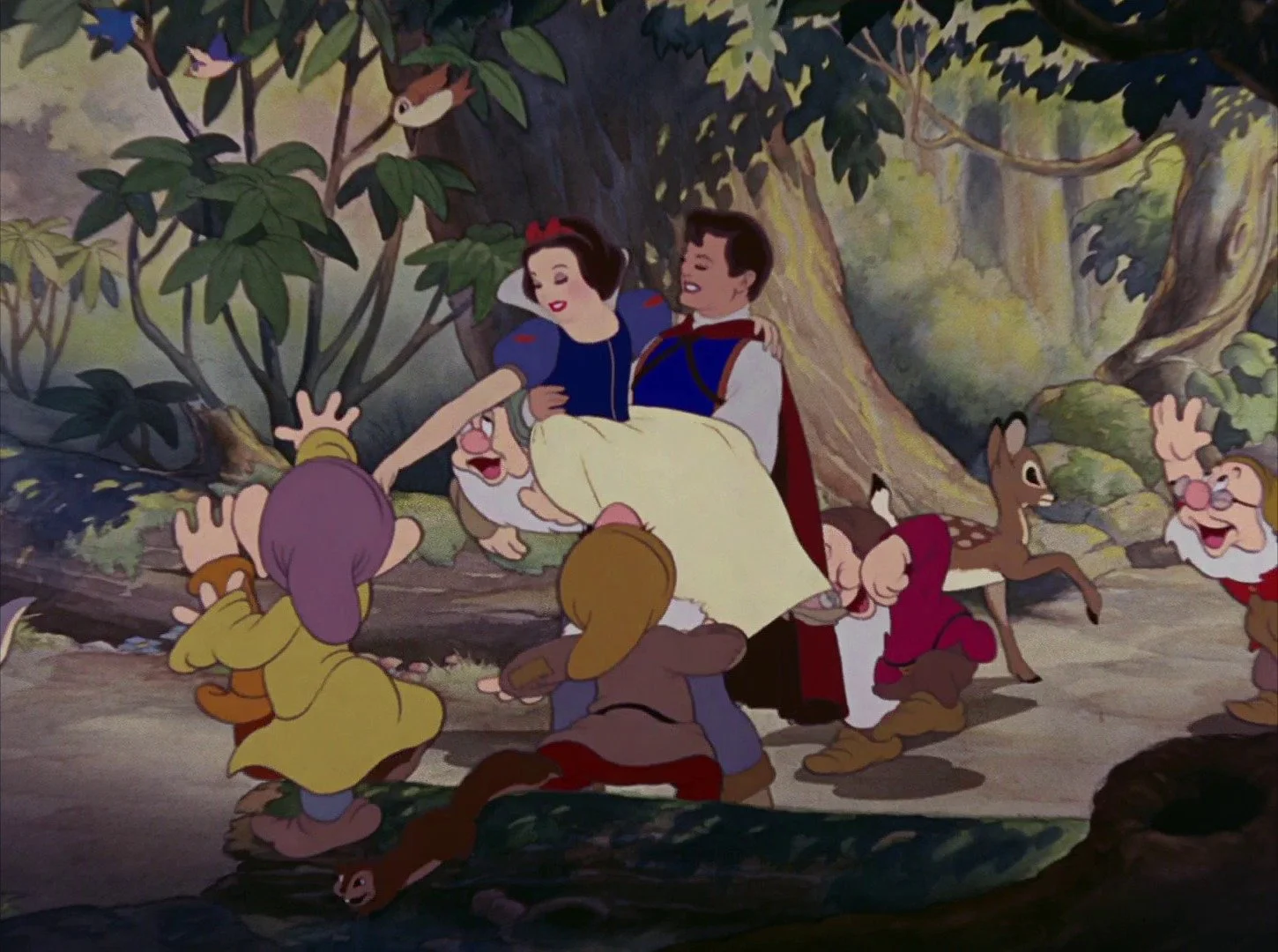The Design Evolution of Snow White's Evil Queen
As much as Disney heroines are important to the history of the company and symbolize strength, perseverance and dignity, all heroes need a villain to learn from. It was important for the storyboarding and animation departments to have a strong idea for a well-rounded villain for their stories. Snow White and the Seven Dwarfs, in Walt’s mind, was the perfect film to kickstart his feature-length animated movie career. It had romance, action, adventure, comedy, and a sense of darkness, all themes pulled from the original Brothers Grimm fairytale in 1812. The story classically begins with the villain telling us what their motive is, in this case, the Evil Queen’s jealousy over Snow White’s beauty. This plot point made the design for the Evil Queen an important one, because there were so many different choices that could be made for her - should she be almost as beautiful as Snow White, but just not quite there? Should she be ugly, to reflect her ugly personality? These were questions tossed around the studio for some time, resulting in an evolution of the design for the Evil Queen.
Evil Queen in Snow White. Image from: https://www.cinemablend.com/theme-parks/toddler-meets-evil-queen-from-snow-white-at-disneyland-in-viral-tiktok-and-its-too-much-to-handle
Designing realistic characters
People often forget how fast the Disney animation studio progressed in such short amounts of time when they first started out. They had been making Mickey Mouse and Silly Symphony cartoons through the 1920s, and it wasn’t until 1932 that they introduced Technicolor to their lineup of methods. From 1929-1939, artists were so used to following a specific style for the Silly Symphonies, with characters that could be stretched, squashed, and be more like caricatures rather than realism. They started to experiment with realistic human-like characters with the Goddess of Spring in 1934. Walt was heavily inspired by European fairytales and their illustrations, hence the decision to recreate a German fairytale. In 1935, Walt took a trip around Europe, to England, Scotland, France, Germany, Austria, Switzerland, and Italy, to find real-life inspiration for his upcoming film. He brought back books and photos for the designers to study to do this German folk tale justice.
“With elaborate, naturalistic décor and demands for realistic animation of human figures, the “Snow White” project demanded more from the Disney artists than they - or for that matter, anyone else - had ever done before.”
The Queen’s castle. Image from: https://www.pinterest.ca/pin/427279083367949342/
Original design ideas for the Evil Queen
With this artistic style in mind, the Queen’s lead animator Art Babbit went to work on how she should be portrayed. Since this was not the first time Snow White had been adapted, there were a few references he could pull from to decide whether he would go the same directions as others, or go a completely different way. In 1933, Fleischer Studios released Betty Boop: Snow White, which shows the Queen as ugly, with a nasally voice, long nose, and in some shots, with one tooth.
“Am I the fairest in the place? If I were you, I’d hide my face.”
Betty Boop Evil Queen. Image from: https://www.dailymotion.com/video/x728ifw
In the 1916 live action silent film of Snow White, which was the version that made Walt fall in love with the story when he saw it in Kansas, the Queen is shown as a middle-aged woman, with dark lipstick, dark hair, and long black clothes with lots of jewelry. She was portrayed by Dorothy G. Cumming.
With these versions in mind and the style Disney had been using with Silly Symphonies, the first version of the Queen was short, frumpy, and traditionally “ugly”, with minimal change between the appearance of the Queen and the Witch. In some of the original drawings, she is shown with the tall “royal” hairstyle, a furrowed brow, rounder body, sharp fingers, and a down-pointed nose. Her dress also matched the style of royal European wear, with the long sleeves and puffy gown.
Babbit and the rest of the animators realized that by making her beautiful, it brought a certain sinister vibe that became overwhelmingly dark and real. The motive became even more clear, and why she was willing to go out of the way to kill her step daughter. The Evil Queen, sometimes referred to as Queen Grimhilde, was beautiful, but just not as beautiful as Snow White. This drives her into a fit of jealousy and rage, and ultimately her demise.
Theorized inspirations behind the Evil Queen’s looks
The Evil Queen’s hauntingly beautiful face had a few different inspirations behind it. Walt loved the work of Polish illustrator Władysław Teodor "W.T." Benda, who had worked on papier-mâché masks for stage productions and paintings. He was famous for the exotic and mysterious masks of women’s faces, and the style resembles the Queen’s features greatly. It is also noted that she resembles famous actresses such as Joan Crawford, Greta Garbo, Marlene Dietrich, and Gale Sondergaard.
Her clothing was inspired by Uta von Ballenstedt, the wife of Margave Eckard II from 1038-1046. A painted statue was done of her in the 13th century as a donor of the Naumburg Cathedral. This statue still stands in Germany today, which is how we’re able to theorize that the way she is dressed influenced the appearance of the Queen in the film. The crown, the high collar, the hood, and the cape, all sit just as the Queen’s do. There are also some theories that she was modeled after Helen Gahagan in the 1935 film She, but this has never been confirmed.
The animators were so specific with how they wanted her to look that they didn’t include the rotoscoping technique on her at all, and drew each frame precisely to evoke the emotion they were looking for. The same can be said for the version of her as the Witch, which was animated by Norman Ferguson. The live action footage of the Witch featured Don Brodie and Moroni Olsen in drag. For both the Queen and the Witch, Macbeth played a large part in both, evoking the beauty of Lady Macbeth, and the menacing and grotesque looks of the Three Witches.
The Queen in other snow white adaptations
After the portrayal of the villain in 1937, her beauty became the standard for many other following adaptations of the story. In the 1987 musical adaptation of the story, the Queen is shown in a large blue gown and brown hair. In 2002, Miranda Richardson plays the villainous woman, this time with red hair. In 2012’s Mirror Mirror starring Lily Collins as the lead, Julia Roberts takes on the role of the evil step mother, sporting her signature red hair and a larger than life gown. Also in 2012, Snow White and the Huntsman Charlize Theron, a beautiful actress with blonde hair in the role. 2012 was a fruitful year for the story, as Grimm’s Snow White from that year has Jane March as the Queen, reverting back to the dark features and pale skin of the cartoon. The original design’s elegant yet cold looks were also used as inspiration for Sleeping Beauty’s Maleficent.
In the 2024 adaptation by Disney starring Rachel Zegler, Gal Gadot has taken on the role, continuing the tradition of a beautiful Queen with dark, sharp features.
